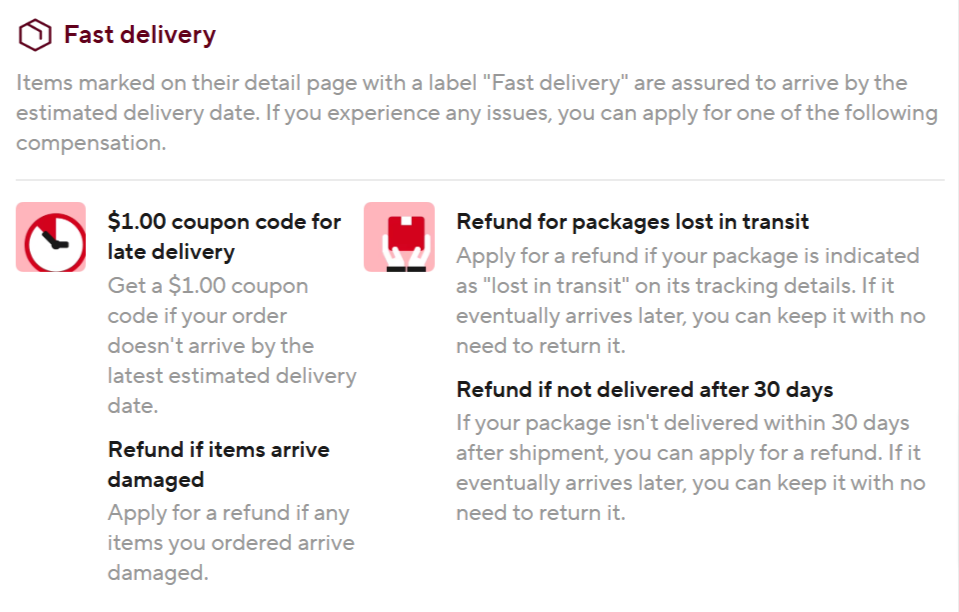2024 Inventory Cleaning 50 PCS 1 Meter Length SC/APC UPC Fiber Optic Patch Cord Single Mode OS2 Simplex 2.0mm With Yellow PVC Jacket
Product description:
SC connectors (AKA: Subscriber, Square, or Standard connectors) use a push-pull design but utilize a locking tab to secure the cable. SC is the most common fibre optic connector in use today and is typical for datacom and telecom applications.






Features:
Low insertion loss and high return loss
The patch cord can be customized according to customer’s specific requirements
Strict quality testing: IL and RL 100% test.
All materials meet the RoHS standard.
Application:
Telecommunications or Data communications
Telecommunications, Military industry, Medical,
CATV, LAN, MAN, WAN, Test & Measurement
Systems Integration for Railway, Metro and Access Network
Fiber to the Indoor (FTTX) Test
Fiber patch cord production process:
Production flow chart: Cut optical cable–Thread parts–Glue dispensing–Fibre insertion–Heating and curing–Glue removal–Grinding–End face inspection–Assembly–Testing–QA sampling–packaging.
1) Cutting the optical cable: mainly use aramid scissors to cut the length of the optical cable as needed, and then simply coil it.
2) Threading parts: This part mainly involves threading various parts onto the optical fiber in advance to facilitate subsequent processes. When inserting the wire, follow the order of rubber sheath, heat shrink tube, support tube, and spring. Pay attention to whether the direction is correct.
3) Glue matching: The main thing is to use auxiliary tools to evenly mix partA and partB in the 353nd glue at a ratio of 10:1 and minimize bubbles.
4) Optical fiber insertion: First use fiber stripping pliers to peel off the outer sheath and coating of the optical fiber, then inject the prepared glue into the tail handle of the ferrule using a syringe or glue dispenser, and then thread the optical fiber manually. Insert it into the ferrule filled with glue and expose part of the fiber.
5) Heating and curing: Place the optical fiber ferrule into the curing oven and bake until the 353nd glue is completely cured.
6) Glue removal: First, use a cutting knife to cut off the excess optical fiber exposed in the front of the cured optical fiber head, then install all the fiber heads on the grinding fixture, and then polish with glue-removing sandpaper to remove the ferrule head glue. .
7) Grinding: Grind the glue-removed fixture on a grinder. The general process is 9u 3u 1u 0.05u. The grinding time and pressure have a certain relationship with the grinding paper.
8) End face inspection: Use an end inspection instrument with a magnification of 400 times to check the grinding effect of the end face of the ferrule. Under normal circumstances, end faces with black spots and large scratches are considered unqualified and need to be re-grinded.
9) Assembly: Assemble the ground ferrule and components into a connector, and crimp the tail sleeve with a crimping plier or crimping machine.
10) Test: Use an insertion return loss tester to measure the main data of the fiber head, insertion loss and return loss. Generally, the single-mode insertion loss is required to be less than or equal to 0.3dB, and the return loss is greater than or equal to 50dB. Optical fiber jumpers with higher requirements are 3D interference testing is required (the main three data are vertex offset, radius of curvature, and fiber height).

11) QA random inspection: Quality inspectors conduct random inspections on qualified products after testing to control quality.
12) Packaging: Final packaging of qualified products.
Our Wishes:




















